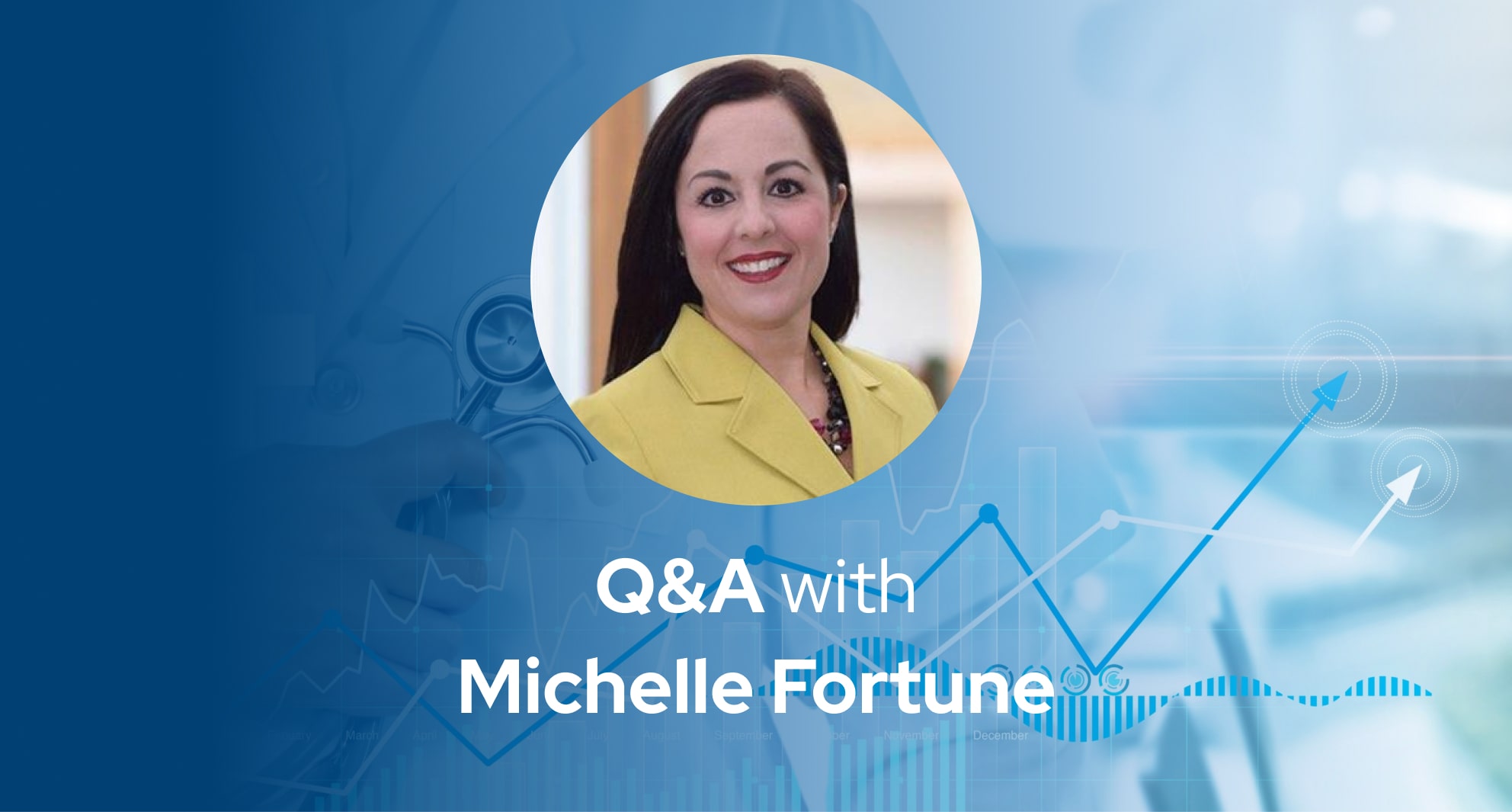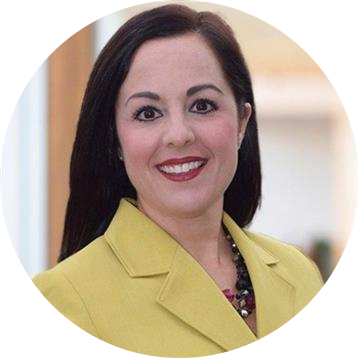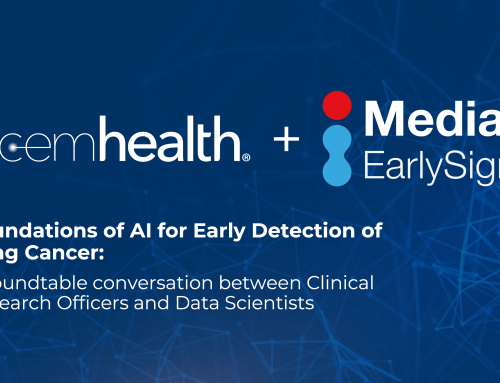
Early Disease Detection to Supercharge Clinical Screening: An Insightful Conversation with Michelle Fortune
In our recent webinar, we had the pleasure of hosting Michelle Fortune, the President of Surgery and GI for Mercy—one of the nation’s largest non-for-profit Catholic health institutions. Michelle shared her valuable perspectives on the evolving landscape of cancer screening, the challenges of increased demand for screenings, and the important role of early disease detection in building long-term relationships with patients and families.
Note: Questions and responses edited for context and clarity.
Addressing the Challenges of Expanded Screening Criteria
In recent years, the screening age for colorectal cancer has been lowered from 50 to 45, and the criteria for lung cancer screenings have been expanded, significantly increasing the number of individuals eligible for these potentially lifesaving screenings.
Can you talk about the capacity pressure that Mercy is facing and how patient targeting is an opportunity for you to make use of limited screening capacity?
Michelle Fortune
“Absolutely. I think, as you’ve already mentioned, for many of these screening exams nationally, we’re facing challenges in both screening coverage and resources. And so, there’s now a huge pool of people to be evaluated and screened in addition to those that existed before, as guidelines have changed. So, utilizing tools to ensure that those at the highest risk get screened earliest is a gigantic value for ministries like Mercy or other healthcare organizations. As you use tools that are AI-driven and technology-driven, you have the opportunity to detect the disease earlier. And that has a huge impact across the perioperative continuum, in particular, in GI suites and radiology suites. When we identify disease early and treat it early, the impact on the back end of the process is that we have access to those really important resources to handle complex advanced disease that must be handled as we have minimized the number of advanced cases that will be present through early diagnosis. So, it’s been a huge benefit to us to be able to screen early with the capacity challenges that we’ve faced.”
The Power of Proactive Disease Detection in Building Relationships
Many local markets have a few dominant health systems. Those provider organizations are thinking about this idea of building relationship with my family early, thinking about it us not just in terms of transactional needs but trying to position themselves as the trusted advisor to work with us throughout the stage of life, more of a full lifecycle approach.
Do you agree that proactive disease detection would fit well into building long-term patient and family relationships?
Michelle Fortune
“Absolutely. You know, I’ve been a nurse for 32 years and the transformation that I’ve seen in healthcare in the past decade in ministries like Mercy focusing on the full lifecycle and a journey to health. The focus now is not just a journey to some tactical interaction with you, a journey to a procedure or a journey to a clinic visit, but instead a journey to health and your caregivers being there to support you. Yesterday, I talked to a friend who is in her 40s and was diagnosed with colon cancer early. Thankfully, through early detection, it’s a life saved. If you help me catch cancer early, you help me detect it before I have symptoms when it can be treated easily, I’m going to be grateful for that. And I know that I really matter to you.
And for those of us who have dedicated our lives to healthcare, it’s to care for people, it is whole person health, and that trend is really refreshing to see – many healthcare systems starting to hone in on the fact this is really about long-term relationships and keeping people well. And early disease detection technology fits right into that.”
The Win-Win of Early Detection for All Stakeholders
You have discussed limited capacity and how early detection really can save lives. The operating reality for healthcare delivery organizations also is no margin, no mission.
What are your thoughts about how to bring in early detection, early screening, and the follow-on evaluation and treatment activities in a way that also helps grow healthcare systems in the services that they provide?
Michelle Fortune
“As you know, screening programs are not always the most profitable within the real world. And while it’s needed — certainly we want to screen everyone that we can who qualifies – yet when you really are prioritizing to help those that are at the highest risk, you also are expanding those diagnostic or interventional opportunities and it really makes an entire program not only more cost effective for the long term for the patient, for the payer, for everyone involved, but it actually helps stabilize your overall program.
And so, this is really a situation where doing what’s right for the patient is also beneficial to everyone in that healthcare continuum, which is a wonderful magical thing when that happens, right?
And to your point, no margin, no mission. We want to be here to care for everyone who needs us.”
Curious to learn more about the benefits of early disease detection? Check out the webinar recording or head over to our blog!

